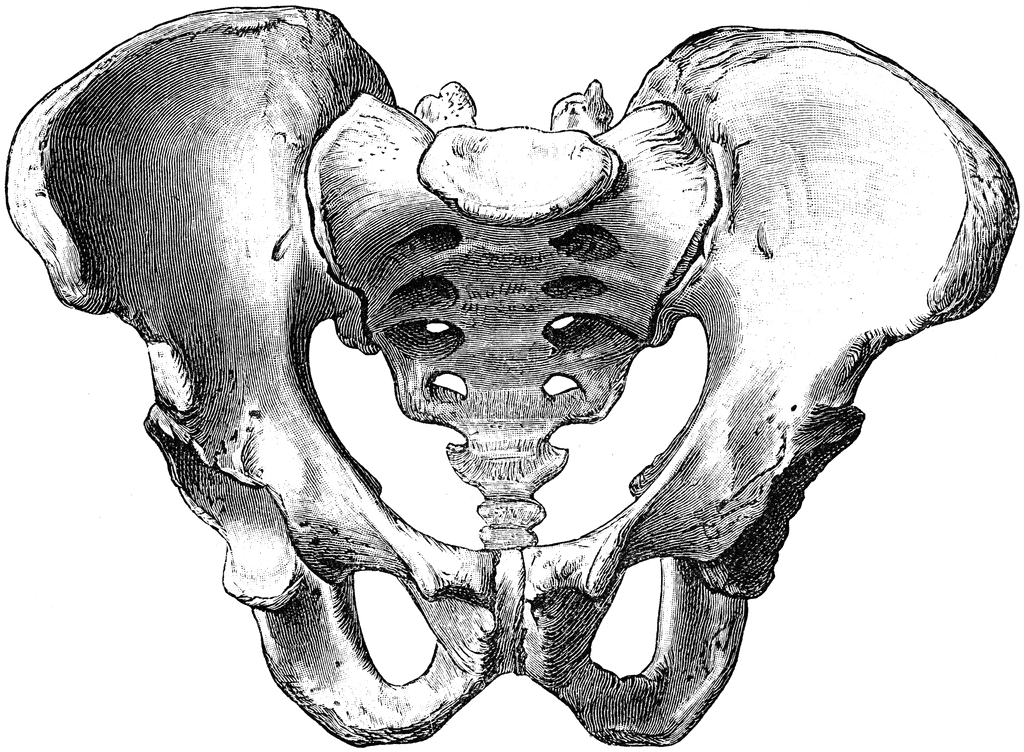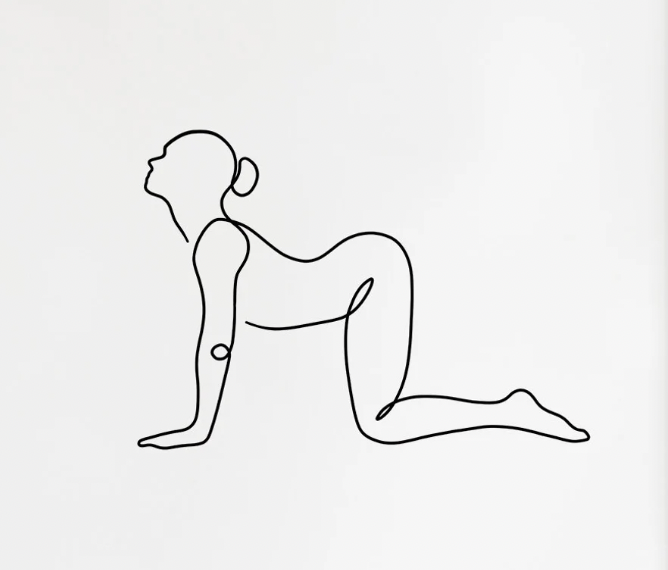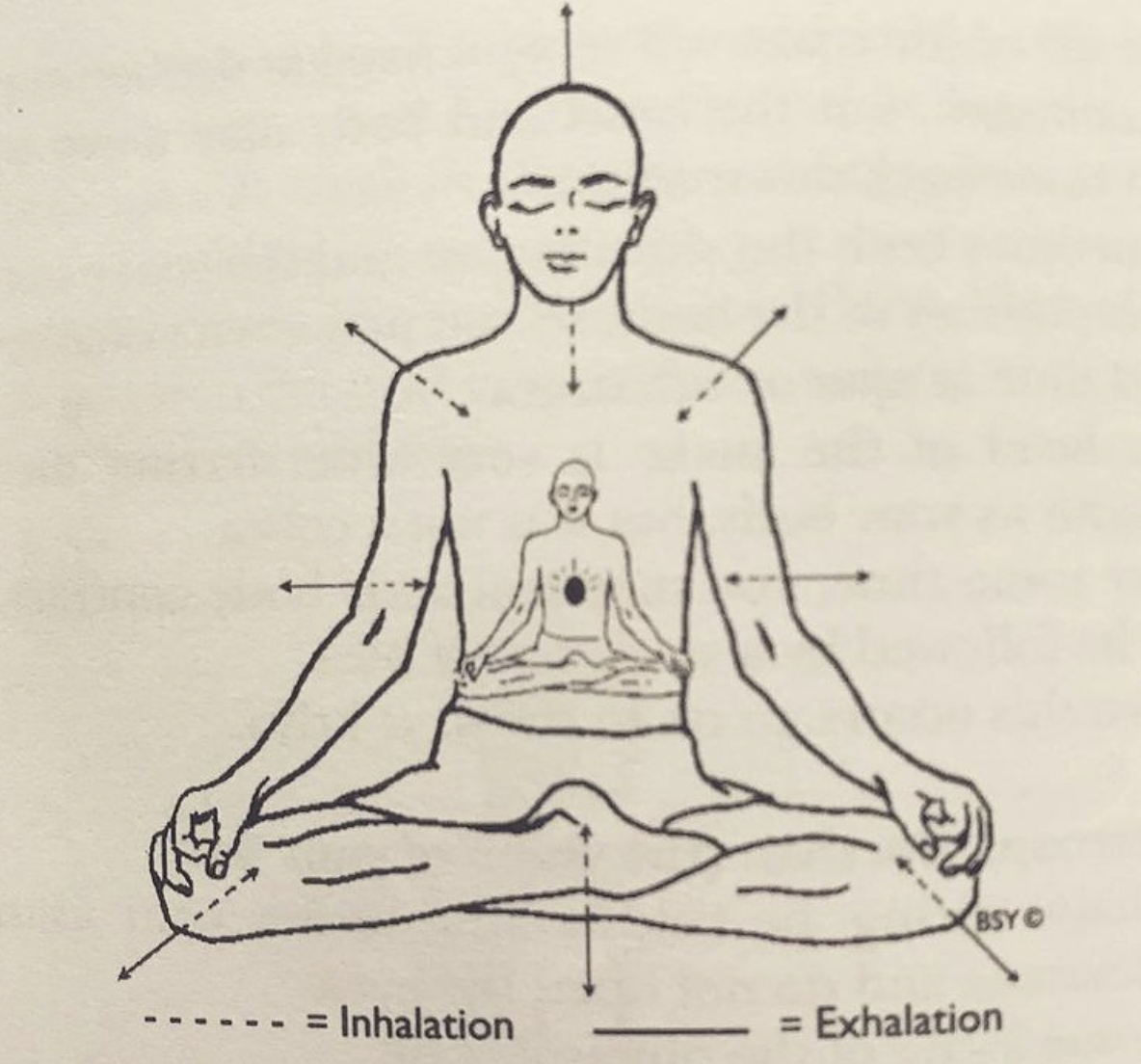The pelvic floor is made up of muscles and tissues that support the bladder, bowel and additionally the uterus in women. They are the core muscles at the base of our bodies that stretch between the pubic bone (bottom front of the pelvis) and the tailbone (bottom back of the spine).
“As the floor of your core, the appropriate activation and integration of your pelvic floor muscles is key for optimal core function, continence, and more” says Angela Plaquin, Pelvic Floor Physical Therapist based out of Alberta, Canada.
For this reason, the health of the pelvic floor and the health of the gut microbiome go hand in hand. When the pelvic floor is weak, it can lead to issues including incontinence of the bladder and bowel, prolapse, painful sex or vulva pain for women and GI issues such as constipation. The framing of the pelvic floor also helps to stabilize the bladder, intestines and reproductive organs.
What leads to a weakened pelvic floor?
Physical stress and trauma can lead to a weakened pelvic floor.
Causes include:
- Pregnancy, specifically when supporting the weight of the uterus
- Endometriosis, which causes pelvic floor muscle tension and discomfort
- Vaginal childbirth, as that may overstretch the muscles
- Persistent and chronic coughing
- Straining to poop and chronic constipation
- Prostate cancer in men
The vast majority of pelvic floor issues affect women, as women are the ones bearing children and going through hormonal stages such as menopause. However men have also been shown to have weakened pelvic floors that greatly impact the health of their digestive system and elimination process. This makes the topic of pelvic floor health an important topic for all and an area of our healthcare that deserves adequate therapy and support.
“The pelvic floor is more than “peeing, pooping, sex and babies.” Often unknown is its very significant role in our protection response, in safety and security” Angela says. “There is a deep connection in our root to the fight, flight, freeze response. Our pelvic floor responds to stress, trauma, sense of self and much more. This is why a healthy pelvic floor requires a regulated nervous system.”
One of the best methods to downregulate the nervous system is yoga. Yoga has been shown to help reduce chronic pelvic pain, in women specifically. The benefit of practicing yoga includes its role in aiding relaxation and improving balance.
Poses that help include mountain pose (tadasana), chair pose (utkatasana), warrior 2 (virabhadrasana 2), happy baby (ananda balasana), locust pose (salabhasana), cat cow, wide legged forward fold (prasarita padottanasana), wide legged squat (malasana) and reclining cross shin (supta sukasana). You can incorporate these poses into your daily routine, as a short sequence.
On average, most people have a tight pelvic floor - meaning that the muscles are not relaxed. Just as we work to relax other muscles in our body such as rolling our shoulders back and unclenching our jaw, the pelvic floor wants to also be relaxed and softened. Meditation is an accessible way to relax the body overall, including the framework of our sit bones and the muscles around the pelvis.
“For any muscle to function optimally, they must be able to both contract and relax.” Angela continues, “Along with awareness and practice of pelvic floor tightening (such as kegel exercises), must also come the awareness and ability to fully relax it (down train).”
Forms of relaxation such as meditation, breathing exercises, baths and massages, gives your pelvic floor the TLC it needs. “Proper breathing is the most important foundational exercise anyone can do to acquaint and support a well functioning pelvic floor,” Angela says.
Notice the way in which you take in your inhales. Proper breathing means that your inhalations are coming from the bottom of the diaphragm filling the belly, before exhaling the air out completely. In most cases, we are breathing from the top of our chest or sternum, which doesn’t invite the diaphragm to act as the key player, thus robbing the pelvic floor of one of its most important roles in our body. The contraction of the pelvic floor muscles is involved in our breathing pattern and can affect pulmonary function. The combination of our pelvic floor, diaphragm and abdominal muscles help protect our internal organs from the pressure that is experienced when we breath, speak or cough. When these muscles are optimal and thus strengthened, it creates a more supportive environment to experience these normal pressures.
Since the role of the pelvic floor is correlated to the health of our gut microbiome, nutrition also plays a key role. A key to having a healthy digestion and encouraging consistent bowel movements, is focusing on foods that are full of fiber and varying nutrients. This helps to avoid the difficulties around chronic constipation, which as we’ve learned can lead to a weakened pelvic floor. Incorporate more plants into your diet, whole grains, beans and legumes. When our gut health is happy, our bowel movements are happy. And when our bowel movement is happy, our pelvic floor is happy. In addition to the foods we choose to eat, bring attention to the way in which we eat. Sit at each meal, chew thoroughly and avoid large bites that are hard to swallow and do your best to eat in a relaxed state. Eating with intention invites a sense of calm and supports a sense of safety and security in our bodies




